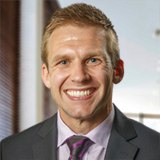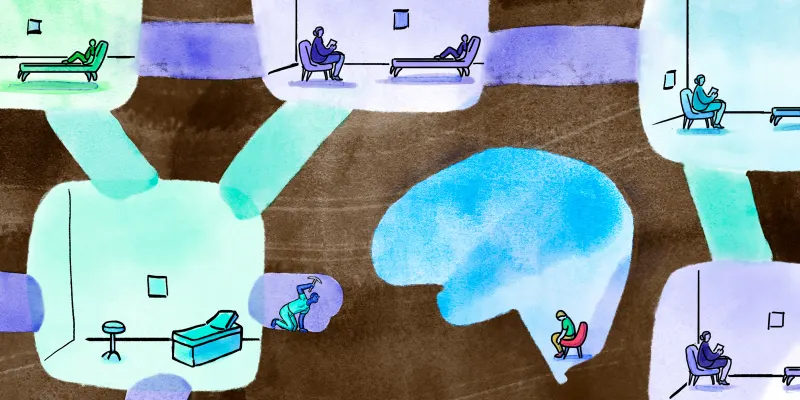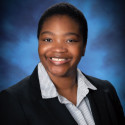
The 2019 American College of Sports Medicine (ACSM) Annual Meeting in Orlando, Florida was an excellent mixture of high quality, data-driven presentations and opportunities for professional development from leaders in the field, making this the premier meeting for sports medicine professionals across all disciplines.
Dr. Stan Herring, Team Physician for the Seattle Seahawks, updated attendees on the most recent Team Physician Consensus Statement regarding pain control in adolescent athletes. As he walked through the thoughtfully crafted document, he touched on a concept worth repeating. He listed several approaches to pain control including pharmacologic, modalities, therapeutic exercise and injections and interventional care, and reminded the audience to be judicious in our use of passive treatments. He defined passive treatments as doing something to the patient rather than having them take ownership over their care. It is often simpler and quicker to write a prescription or perform an injection when the patient would benefit from a more active rehabilitation approach. However, when over-prescribed and over-performed, passive methods of pain control have the potential to make patients relationally dependent on medical professionals to "fix" their pain. This can have far reaching psychological ramifications that negatively impact clinical outcomes and could hinder athletic performance.
While Dr. Herring’s talk was primarily focused on pain control in adolescent athletes, I was particularly grateful for his reminder to ensure patients are kept in a position of resilience and self-efficacy. We are now in an era of medicine where the number of treatment options are outpacing our ability to study them. We have a breadth of interventions for pain control now more than ever. My practice focuses on Orthobiologic interventions for early osteoarthritis (OA), particularly post-traumatic OA, in young and active patients. Our interventions were previously limited to steroid and viscosupplement injections, but now we have an expanse of options including platelet-rich plasma (PRP), bone marrow concentrate (BMC), amniotic suspensions, and more. While we are thankful for additional treatments, Dr. Herring reminded me not to "over-proceduralize" my patients just because I have new tools for tough problems. We want quality data demonstrating safety and efficacy, and we must keep the patients in an autonomous frame of mind. As much as we need a disease-modifying intervention for post-traumatic OA, we must ensure that patients maintain self-efficacy and that we don’t weaken their resilience by making them dependent upon the latest biologic interventions. One way we have begun to do this at The Ohio State University is by implementing an exercise protocol prior to PRP injections. We have demonstrated that high-intensity interval exercise right before the blood draw increases key cellular and anabolic components of PRP, potentially improving its effect. By having the patient exercise in order to optimize their PRP, they are included as key players in their procedure, not just passively receiving treatment from us.
My favorite talk of the week was delivered by Dr. Yi-Meng Yen, an orthopedic surgeon from Boston Children’s Hospital. He spoke on the evolving concept of hip microinstability. Every learner walked away with new thinking from this lecture. Previously, we thought of hip instability only in high-velocity trauma situations (motor vehicle accidents, violent hits on the football field, etc) which resulted in a complete joint dislocation. However, he highlighted the nuance of microinstability. Subtle hip joint instability could result from hip dysplasia or even hip arthroscopy if too much bone were taken or if the joint capsule was not repaired. In talking with my peers as recent graduates of high-level training programs, this was a diagnostic entity that was never discussed or considered in the non-operative realm. In large meetings like ACSM, if you can walk away from the week with one significant new piece of knowledge, your time is well spent and will positively impact patient care. Dr. Yen’s review and instruction on this topic helped my colleagues and me shift our thinking and deepen our diagnostic acumen. I am thankful that ACSM continues to have skilled and thoughtful physicians like Dr. Yen bring new ideas and instruction so we can continue refining our practice of clinical sports medicine.
There was far more presented at the 2019 ACSM Annual Meeting that I am unable to cover here for time’s sake. These are just a few examples of how leaders in the field continue to shape our thinking and patient care each year and why this meeting is so important for sports medicine professionals. I’m eager to continue investing in the efforts of the College and am thankful for those who sacrificed personal time in preparing for and presenting at the meeting!
Dr. Baria is a Sports Medicine Physician at The Ohio State University, Co-Lead of the Sports Orthobiologics Program, and a USA Wrestling Team Physician.







